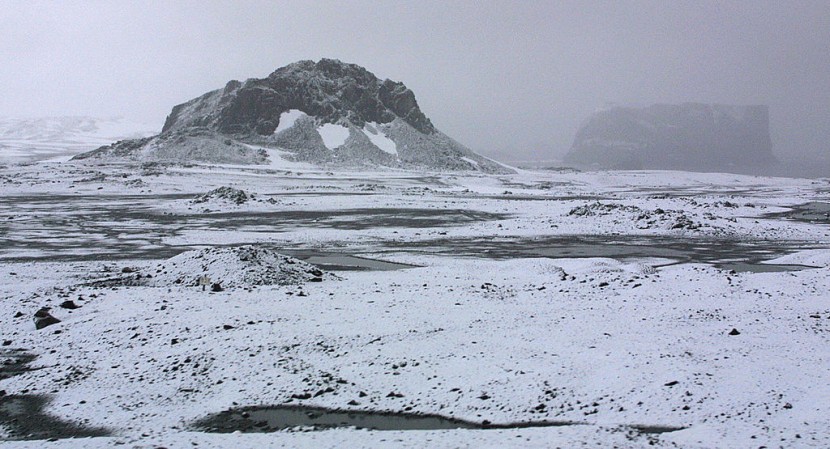
Discovery of 1-million-year-old genetic material from the frozen arctic; finding ancient DNA from the distant past is crucial.
Studying life on earth is crucial, and deoxyribonucleic acid (DNA) houses telltale clues about how life changed over the eras.
Ancient DNA Discovered
Discovered under the surface of the Scotia Sea, north of the Antarctic, such remnants of organic material could be extremely valuable in documenting the region's long history charting out what has resided in the ocean and throughout what types of periods, reported Science Alert.
SedaDNA is a kind of ancient sedimentary DNA that was retrieved from specimens and is likely to be beneficial in the continued research to see how climate change could impact Antarctica in the years ahead, noted the University of Tasmania.
According to marine ecologist Linda Armbrecht of the University of Tasmania in Australia, this discovery makes the sedaDNA the oldest.
This kind of DNA has been unearthed in various habitats, including terrestrial caves and subarctic arctic ice, in which specimens with ages of between 400,000 and 650,000 years have been found, even in the frozen arctic, according to Science.
Low temperatures, oxygen depletion, and a dearth of UV radiation end up making polar aquatic ecosystems like the Scotia Sea superb spots for sedaDNA to stay unchanged, only having to wait for humans to find it.
The retrieved 1-million-year-old genetic material was taken from the ocean floor in 2019 and proceeded through a thorough contamination control procedure to ensure that age indicators entrenched in the substance were accurate.
Antarctica Helped Ancient DNA Remain Intact
The group also discovered single-celled life forms named diatoms that go back 540,000 years, along with other things. Each of these factors relates to a greater understanding of the way this part of the world has altered over such a lengthy period.
Researchers have connected diatom abundance to warmer seasons, the most recent of which occurred in the Scotia Sea approximately 14,500 years ago. This massively increased marine life activity in the Arctic water region.
As shown by geologist Michael Weber of Germany's Bonn University, it is a significant and interesting transition associated with a global and quick increase in sea levels and the considerable loss of glaciers in Antarctica caused by natural temperature increase.
Further Discoveries
One study shows these sedaDNA methods benefit rebuilding ecosystems across hundreds of thousands of years, giving us a whole new level of insight into how the oceans have changed.
Scientists are steadily improving at retrieving such antiquated fragments of DNA from the ground, in addition to extracting the "noise" as well as interference left from all of the contemporary DNA that has existed since to obtain a more authentic look at the previous era.
Determining more about previous climate changes and how the ocean ecosphere reacted implies more accurate estimates but also forecasts for what might happen next all around the South Pole.
The paper describes Antarctica as one of the most vulnerable regions to climate change on earth, and studying this polar marine ecosystem's past and present responses to environmental change is urgent.
The report outlines that Antarctica is one of the most prone areas to climate change on earth, and being able to study the past and current reactions of this polar marine environment to climate change is a critical task, per Nature.
Extracting the 1-million-year-old genetic material from the frozen arctic reveals the history of life as affected by climate change.
Related Article : Is Ancient Egypt Always Been an Arid Desert as It Is Today?








